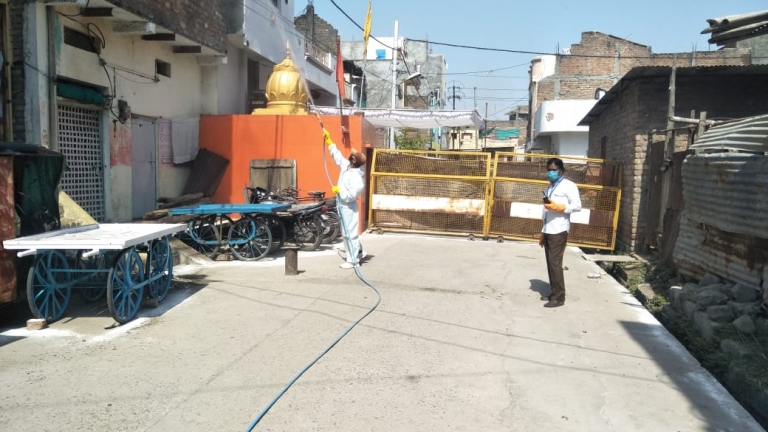Investing in real estate during Covid-19 and impact on the affordable housing sector
By reading this news we can understand that Real Estate is shifting towards digital platform. Gradually all the developers & Real tors, they are moving, most of them have brought Real Estate totally on Digital Platform. Request all the readers to read this news.
July 3, 2020, 6:10 PM IST Hakim Lakdawala in Voices|Business, Companies, India| TOI
The Covid-19 outbreak has led to a complete lockdown of the economy. The stock market volatility is rising and people are looking at more secure options for investment. The crisis has highlighted the need for shelter and protection in tough times. The pandemic has opened a new era of selling real estate that was under-utilized till now. Priorities for most people have changed and they are realizing the importance of owning a home which will increase the demand for real estate in the post Covid-19 world.
Real estate may not yield immediate results but by being less unstable than the market-driven investments, it is definitely a safer bet in the current situation. The demand for residential real estate is likely to increase as millennials are key demand drivers, their preferences are now dictated by the prevailing uncertainties. Some of the factors leading to increase in investment are as below:
- Adoption of Technology: There is a major shift towards the adoption of online portals; with people who favoured offline property search are now preferring online real estate portals to search their dream homes. There has also been a demand for virtual tours or visits wherein home-buyers are opting for virtual tours either to shortlist or to finalise their homes.
- Government Policies: The general home-buying sentiment is being driven by cheaper home loan interest rates announced by the Central Bank. The revision of the reserve repo rate from 4% to 3.75% will promote the banks to infuse liquidity parked with them into the market thereby easing the liquidity. Allowing NBFCs, who have given loans to real estate companies to get similar benefits as given by the scheduled commercial banks, at a challenging time like this is an encouraging sign. Commercial real asset class loans will also observe a momentum as deferment of payment up to 1 year which will allow developers more time to construct and deliver projects on time thereby spurring demand in the market.
- NRI Investment: The size of NRI investor market is huge in the affordable and mid-segment housing category. The falling rate of the rupee increases the interest among the NRIs to buy residential property. The time to invest in the most tangible and rewarding asset in a post-pandemic world has never been better.
Pre-Covid, the focus of investment was in commercial property as co-working offices witnessed an exponential rise. With the current situation, there is a change in the consumer behaviour and millennials are looking to buy residential properties in the mid and affordable segment. The affordable housing segment has grown at a rapid pace with the backing of the Central Government through its flagship initiative of Pradhan Mantri Awas Yojana (PMAY). Deducting of reverse repo rate, extension of RERA deadline and the recapitalization of NBFCs alongside earmarking INR 10,000 crores for the National Housing Bank (NHB) will ensure a smoother flow of capital to HFCs thereby expanding credit support to developers. All these steps will influence buyer sentiment and increase the changes of higher purchasing power. This segment has always had a great demand and post Covid-19 it will increase manifold as fence-sitters will buy them.
The government further reinforced the affordable housing segment by extending the Credit Linked Subsidy Scheme (CLSS) for the middle-income group up to March 2021. Additionally, it opened a new investment class in the form of an affordable rental accommodation scheme for migrant workers and urban poor. Another trend which shall help in increasing demand for affordable homes is that of reverse migration. It shall spur housing demand in Tier-2 and Tier-3 cities giving developers the option to expand their projects to these markets as well.
The future will depend greatly on policy support and economic stabilisation and hopefully in for the festive period of 2020, the markets will be stable. Developers are optimistic for upcoming quarters which will see a positive outlook in demand.


